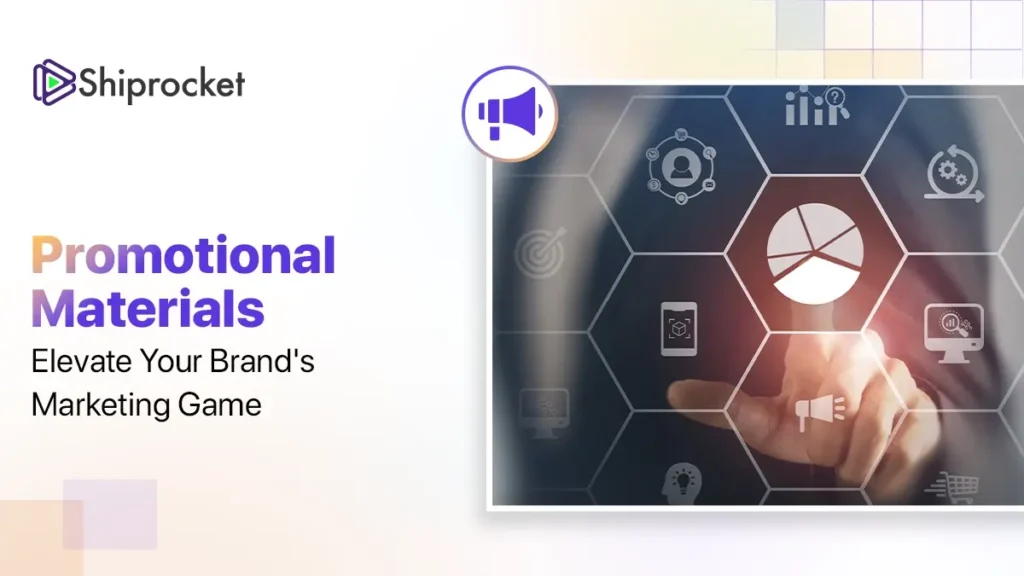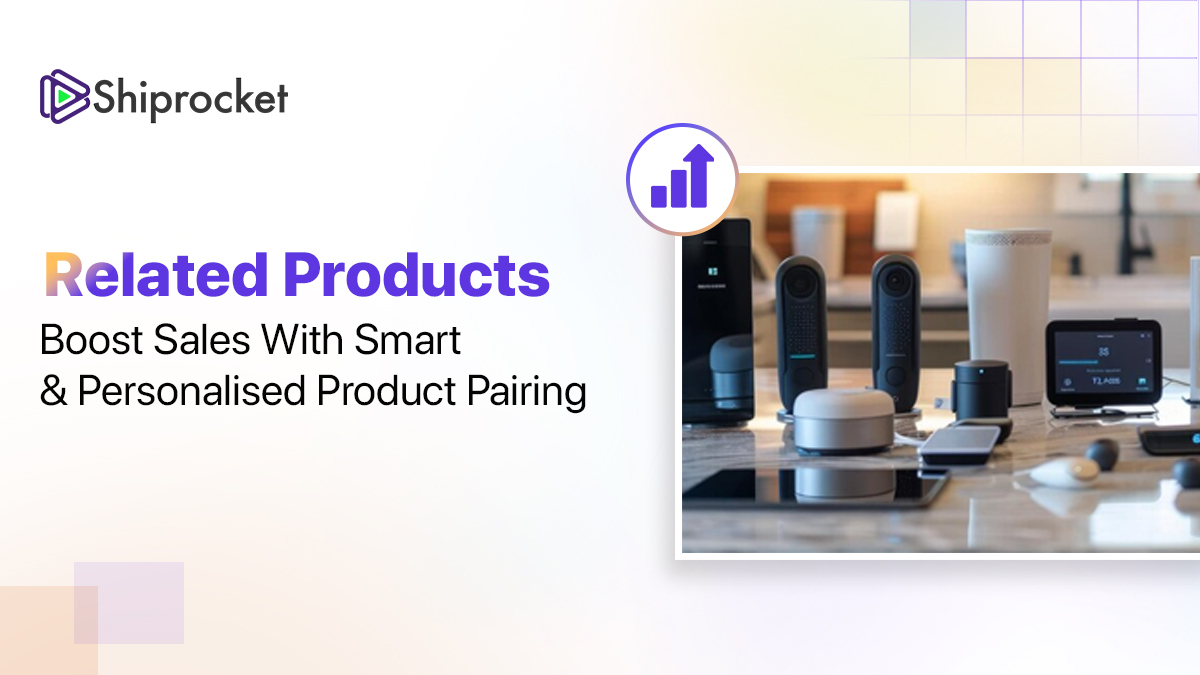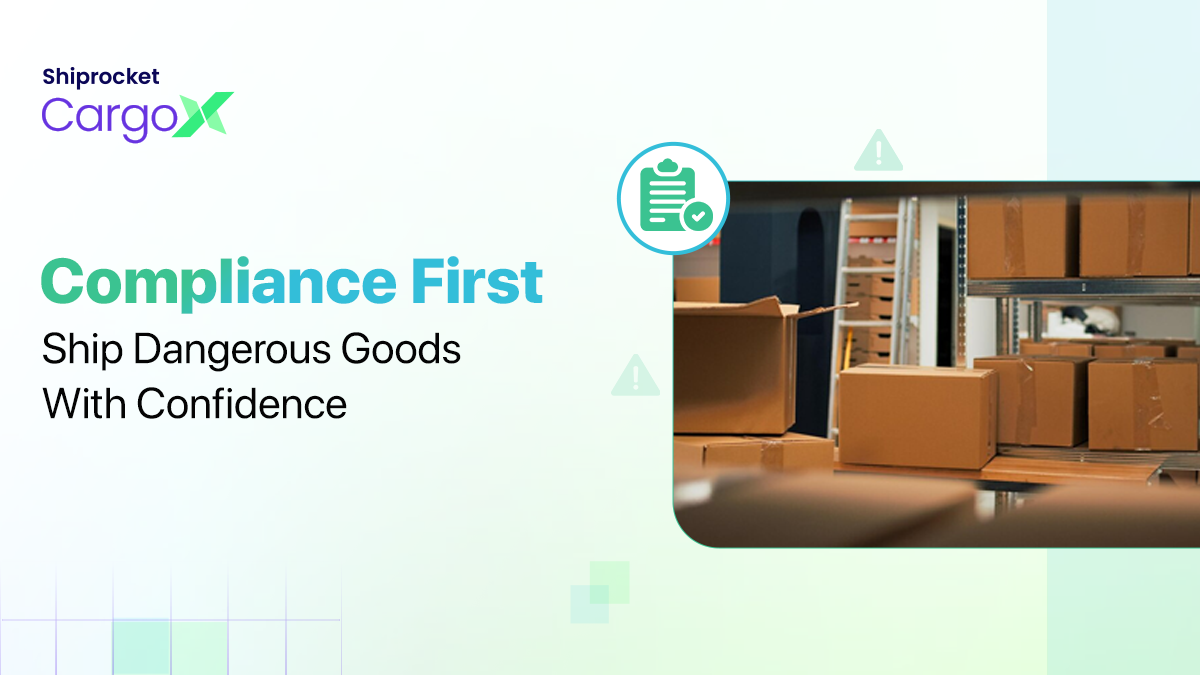Promotional Materials: Benefits, Types, & How to Choose the Best
- Promotional Materials: Definition and Uses
- The Benefits of Promotional Materials: Enhancing Your Business Strategy
- Understanding the Limitations of Promotional Products
- 6 Different Types of Promotional Materials for Your Business
- How to Pick the Best Promotional Materials for Your Marketing Strategy?
- Conclusion
Promotional materials are indispensable tools in the marketing toolkit. They offer your business a tangible way to connect with your audience. These materials range from branded pens and tote bags to custom apparel. Promo materials don’t only act as mere giveaways but as strategic assets that strengthen your brand’s identity and loyalty. Their true power lies in their ability to create a lasting impression among your customers. When potential customers use a branded product, they engage with the brand repeatedly, establishing familiarity and trust. Moreover, you can seamlessly integrate promotional materials into broader marketing strategies to improve campaign reach and effectiveness.
Whether you offer value to your customers through functionality or sentiment, these materials help build stronger customer relationships, driving business growth. Let’s find out how.

Promotional Materials: Definition and Uses
Promotional materials are tangible items you personalise with your brand’s name, logo, and colours. Their primary purpose is to help you increase brand awareness among potential customers. Their success is measured through impressions, which track the number of times someone views or is exposed to the promotional product and its associated branding. These promotional items are available in all shapes and sizes. You can even create your own promotional materials for your business. Generally, you offer your audience these branded products for free on different occasions, hoping they will purchase them in the future.
The Benefits of Promotional Materials: Enhancing Your Business Strategy
In 2022, the global promotional items market was estimated to be worth $86 billion. North America had the largest market for promotional products at $28 billion, and Europe followed at $24 billion.
Let’s look at some of the major benefits of using promotional materials.
- Improves brand recall and recognition
One of the most significant benefits of using promotional materials is improving brand awareness, recall, and recognition. As many as 90% of customers receiving a promotional product will likely remember your brand’s name and logo. It’s because it’s the first step to engage your potential customers. It encourages them to buy your products, become loyal customers, and return for repeat purchases.
Did you know that 73% of recipients feel inclined to engage with a brand that offers them a promotional item?
However, it’s not as easy to achieve as it sounds. You’ll need careful research to implement your promotional marketing campaign. Offering products that offer practical value to your customers, including a branded pen or diary, customised bag, etc., will regularly remind them of your brand.
- Strengthen customer relationships
As a business, you want to establish and cultivate your brand’s relationship with your customers. Strong relationships with your customers will lead to repeat business and customer loyalty. A staggering 83% of customers feel more loyal to a brand when they offer promotional products.
Offering promotional items to both old and potential customers can help you make them feel special and valued. This leaves a lasting impression on them, encouraging them to continue purchasing your products in the future. However, you must make sure these promotional products are of top quality. If your potential customers are not satisfied with your product, it’s doubtful that they will purchase it in the future.
- Cost-effective marketing strategy
Promotional materials are an essential aspect of your marketing strategy and a highly cost-effective way of making a memorable impact on your customers. While large enterprises have the advantage of spending vast amounts of money on marketing, small businesses must allocate their resources carefully.
Understanding the Limitations of Promotional Products
Despite their many benefits, promotional materials also have some drawbacks. These are:
- Custom promotional materials can take a lot of time to create. Before you start your promotional marketing campaign, it’s essential to consider the time required to produce, distribute, and deliver the products. The total duration can vary depending on your suppliers and the scale of your marketing campaign.
- The success of your campaign depends on a reliable supplier. Without a good supplier, you won’t be able to offer your customers high-quality items at the right time.
- Your customers may not use or throw away the promotional item altogether. Your promotional marketing campaign is likely to fail if your product is of poor quality, becomes useless after one use, or doesn’t offer any value to the recipient. This can have a negative impact on your brand’s image and reputation.
6 Different Types of Promotional Materials for Your Business
Here are the six different types of tangible promotional materials you can use for your business:
- Accessories
The list of accessories can include anything and everything. A product as simple as sunglasses can help you increase brand awareness. However, the accessory you offer as a promotional product depends on your brand, target audience, and budget. High-quality accessories will likely last for a longer time. They’ll be able to use it longer, increasing brand exposure. They may even recommend your brand to their friends and family.
- Tote bags
Tote bags are one of the most popular promotional products. They work particularly well for the younger audience. They also offer brands plenty of space to experiment with how they want to place their brand name, colours, and logo. You can offer tote bags made from different materials, including canvas or even recycled plastics. This should be based on your budget. Tote bags are highly usable. They ensure that your potential customers use your product often and keep recalling your brand.
- Apparel
According to PPAI, offering apparel as promotional products, such as jackets, can help you achieve an estimated 6100 lifetime impressions. Other popular promotional apparel items include t-shirts, hats, polo shirts, etc. When you offer apparel as promotional products, you allow your customers to wear the brand itself, which increases brand awareness and sales. Some brands also gift apparel to appeal to loyal customers, who usually want to represent the brand.
- Writing utensils
Offering promotional products like pens, notebooks, and pencils can help you achieve an estimated 3,000 lifetime impressions. This means these items will gain 3,000 views in a lifetime, increasing brand awareness significantly. These items also encourage customers to interact with your brand often since you’re more likely to use these items in your everyday routine, especially if you’re a working individual.
- Water bottles, coffee mugs, and tumblers
Drinkware is one of the most long-lasting promotional products. Everyone uses one or the other drinkware, whether it’s a water bottle or coffee mug. You can further customise these products, spending your budget on brand image and value. You can choose the colours and even materials for these products. For example, if you value sustainability and promote eco-conscious consumption, you can offer a portable coffee mug to your customers. They can carry your product around, increasing brand awareness and exposure. With drinkware, including glassware, water bottles, and coffee mugs, as promotional products, you can achieve an estimated 1,400 impressions in a lifetime.

- Office essentials
Whether your target audience works remotely or in an in-office setting, you can offer them work essentials. These can include customised mouse pads, calendars, desk organisers, etc. Calendars can help you achieve an estimated 850 impressions, while desk accessories can help you secure 1,450 impressions in a lifetime.
How to Pick the Best Promotional Materials for Your Marketing Strategy?
Now, let’s see how to choose the best promotional materials for your business that resonate with your audience.
- Define your target audience:
Before you pick a promotional product to offer your customers, you must define your target audience clearly and learn about them in as much detail as possible. Analyse their age group, gender, key interests, online behaviour, geographical location, etc. Market research is equally important.
- Decide your budget:
Next, you must decide how much money you want to spend on the promotional marketing campaign. Generally, B2C businesses allocate 5% to 10% of their revenue as their marketing budget. If you’re going to include branded merchandise in this budget, you must define how much money you’re comfortable spending on promotional items. Your budget allocation to pick a cost-effective product and get the highest ROI will depend on several factors. The primary ones include the occasion and the type of customers you’re trying to gain. You can also calculate per-item cost. It’ll help you stay within the budget. High-quality products may require a higher investment upfront but will offer better results in the long run.
- Narrow down your list of items:
Once you have a list of a few favourite items, you must compare them to find one that suits your brand and is relevant to your target audience. The promotional product should reflect your brand’s image and message. Moreover, it should be of high quality and last long, offering your customers great value and practical usage. These factors can help you easily pick and eliminate some items from your list.
- Consider your distribution options:
You have to pick the product you want to distribute and how many of these products you want to give away. After all, how and where you distribute these promotional products will also impact your marketing campaign’s success. You can distribute them at trade shows, events, in physical stores, via social media giveaways, etc. However, one of the best ways to distribute promotional products is to personally reach your target audience. You can send these items to your target audiences’ mailing addresses.
Conclusion
The impact of promotional materials cannot be overstated, especially when the e-commerce industry has become intensely competitive. These items help your business do more than just advertise. They allow you to create personal connections with your customers and serve as daily reminders of your brand’s presence. When carefully chosen and strategically distributed, promotional materials can transform passive recipients into engaged customers. They help you improve your brand’s visibility and loyalty. Offering tangible items that resonate on a personal level proves that thoughtful marketing goes beyond digital tactics and reaches your desired audience. However, you’ll have to continue to innovate and adapt to your customers’ preferences to truly harness the full potential of promotional materials to achieve enduring success.




